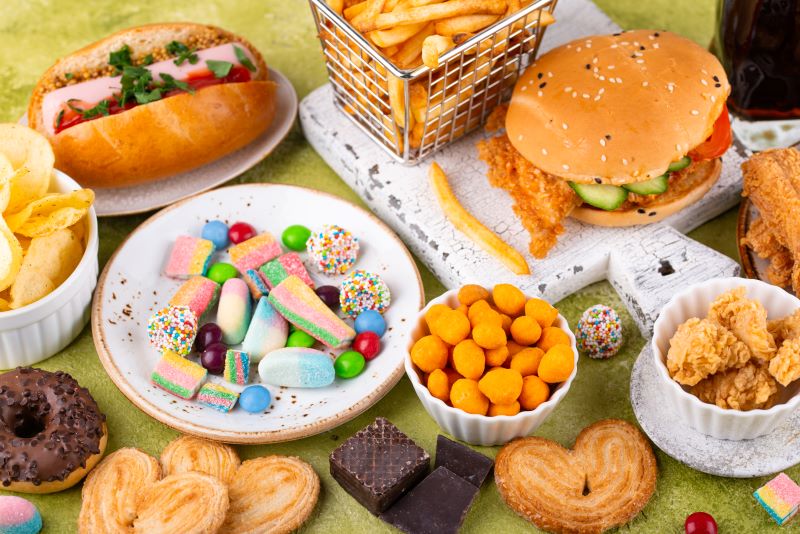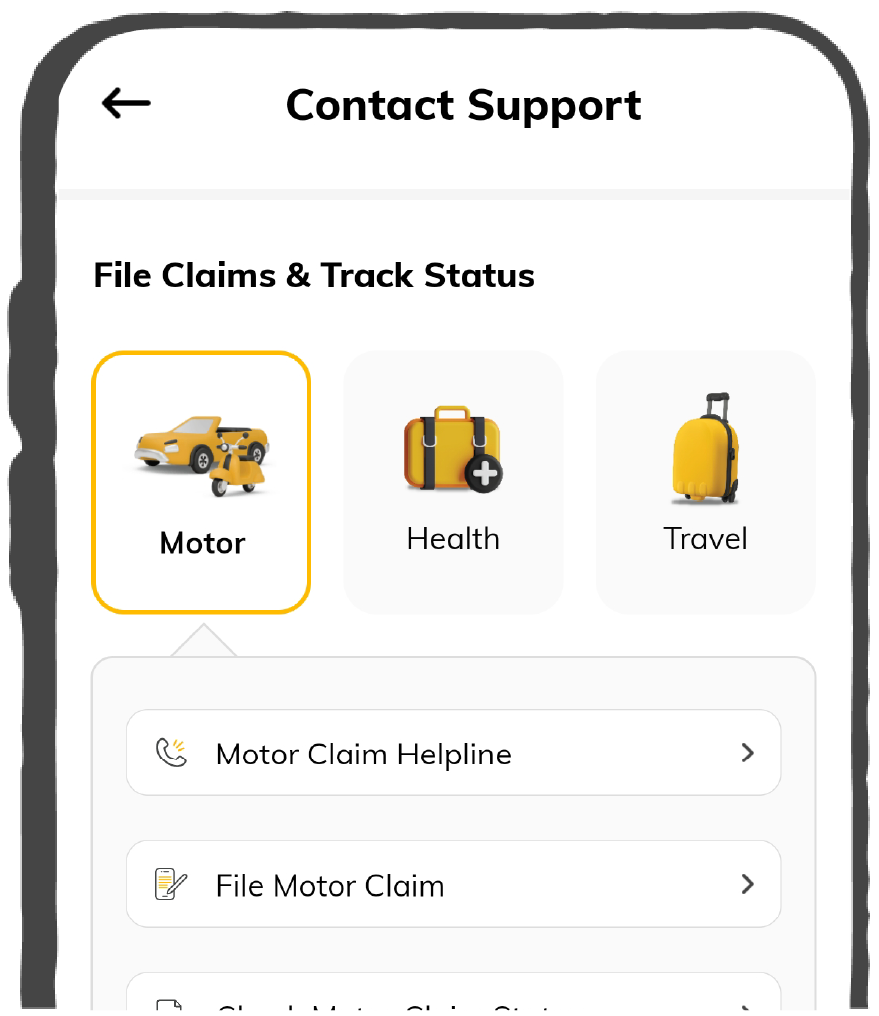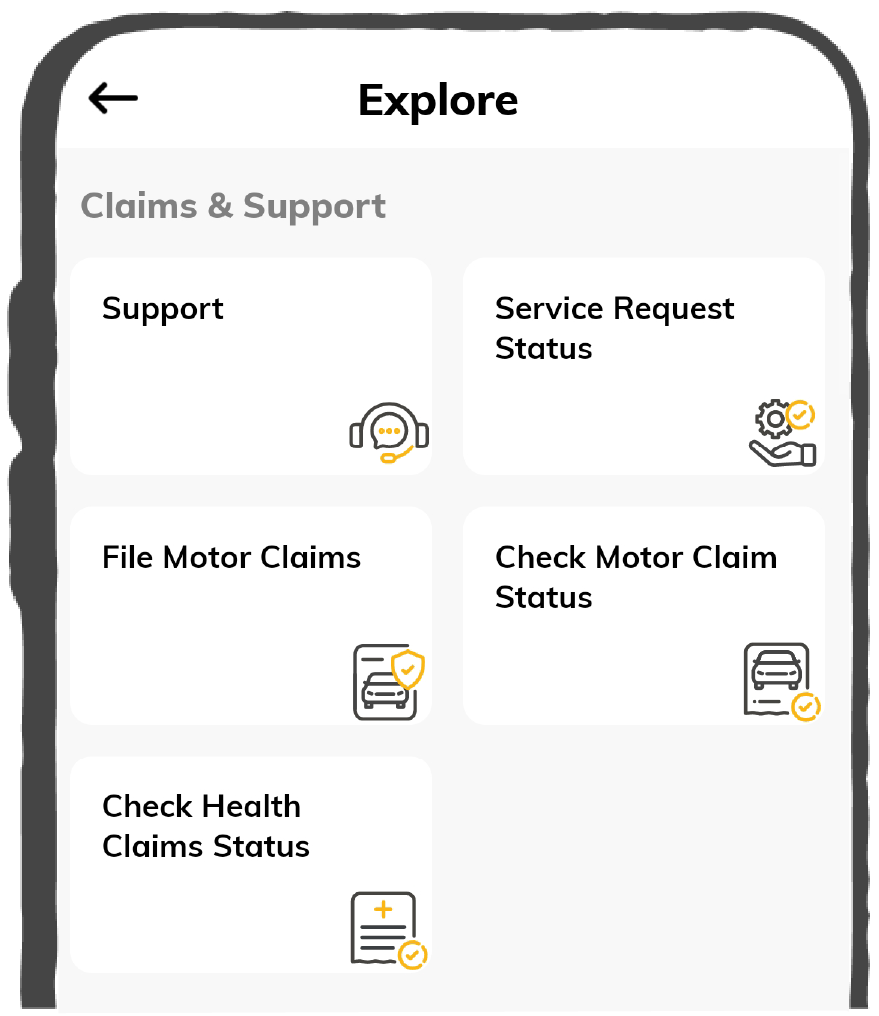What is Trans Fat, its Types and How to Detect it?

Fat is found in food in various ways, including trans fat. However, this is the worst kind of fat and should be avoided at all costs by anyone trying to lose weight or become healthy since it is the unhealthiest type there is.
People tend not to remember not eating them because they are found in most liked dishes, so no matter what, you must remember not to consume trans-saturated fatty acids.

Table of Content

What is Trans Fat?
Partially hydrogenated oils, also known as PHOs, play a critical part in the trans fat diet. Manufacturers achieve this product by adding hydrogen mechanically to liquid vegetable oils, making them thicker to last longer before use.
Food producers use PHOs because they are cheap, making their goods more affordable. Nevertheless, PHOs are not good for our health. Consuming a diet high in trans fat increases the risk of having heart problems because you will have low levels of HDL cholesterol and high levels of LDL cholesterol.
What Does Hiding Trans Fat in Food Mean?
Food manufacturers typically use a chemical process, but the latter should worry us the most about trans fats since they occur naturally in very small amounts in some animal products and are frequently used to improve the flavours of some edibles and harden some fats at room temperature.
Types of Trans Fat
Trans Fats, also known as trans fatty acids, are a type of unsaturated oil. These can be found in nature or synthesised by humans. Here are two types of trans fat:
1. Naturally-Occurring
These occur naturally in small amounts in animal products, such as meat and dairy, and are generally considered less harmful than industrial trans fats. Natural trans fats are formed in the digestive systems of ruminant animals like cows and sheep and are present in their milk and meat.
2. Artificial
As a result of their low cost, long shelf life, and improved flavour and texture, they provide foods with hydrogenated vegetable oils called trans fat. Fried and baked goods are considered dangerous when tainted with ghee, which is cheap when it contains the harmful type of these anti-nutrients.
List of Food Items that Contain the Most Trans Fat
To prevent falling prey to the hidden trans fat, stay on the lookout for and try to limit the following foods:
1. Fast Food Restaurants Serve Fried Food
Many fast-food restaurants use trans fat, which gives the fries on their menus a texture that you can't seem to replicate at home. This is why the fries are so crispy at their restaurants while yours is still mushy after frying; it is all because of the trans fats in their oils. This is advantageous because trans fats help save costs by keeping oil usable for longer periods.
2. Bakery Goods
One of the most popular food categories for bakery goods is those that contain trans fats. Cookies are included in this list, among others. Because margarine and vegetable shortening use PHOs (the primary source of trans fat), they are cheaper to produce and last longer on the shelf. The crumbly texture that comes from having solid fats makes them seem flaky.
3. Microwave Popcorn
There is microwave popcorn we love snacking on; it is also the main culprit for this kind of PHO. This comes in handy to producers because of its high melting point. The consequence is that it stays solid until someone puts the popcorn bag in a microwave.
4. Coffee Creamer
A surprising fact about coffee creamer is that it doesn't only contain milk and sugar when you drink it. PHOs on the ingredients list boost the coffee’s texture and creamy nature, lengthening a product's life. However, the PHO content in a non-dairy coffee creamer is quite high. Oil is used instead of milk for consistency; hence, manufacturers use oil.
5. Frozen Food
Pizza, frozen pies, breaded fish, fries, and waffles are the frozen foods from which trans fat foods are made. For all you know, they have many PHOs regardless of their assertion that they are low-fat products, as some of the ingredients may include partially hydrogenated oil.
Major Factors Behind Trans Fat in Food Items
Trans fats are a major public health concern since many food products still include them, even though their negative effects are becoming more widely recognised. Therefore, it is crucial to understand the factors that influence the production and distribution of trans fats in food.
- Food Processing Techniques: Industrial food processing often involves partially hydrogenated oils to improve product texture, stability, and shelf life. Partial hydrogenation can introduce trans fats into processed foods such as baked goods, fried foods, snacks, and margarine.
- Manufacturing Practices: Some food manufacturers use partially hydrogenated oils as ingredients due to their affordability and functionality. These oils can be found in various processed foods, including cookies, crackers, pastries, and ready-to-eat meals.
- Ingredient Substitution: Food manufacturers may replace healthier fats with partially hydrogenated oils to lower production costs or improve product stability. This substitution can inadvertently increase the trans fat content of foods.
- Lack of Regulation or Awareness: In regions where trans fat labelling regulations are lax or non-existent, food manufacturers may not accurately disclose the trans fat content on their product labels. This lack of transparency can make it challenging for consumers to identify and avoid trans fat-containing foods.
- Consumer Demand for Convenience Foods: The demand for convenient, pre-packaged foods has led to the proliferation of trans fat-containing products in grocery stores and supermarkets. Often marketed as convenient snacks or meal solutions, these items may contain hidden trans fats.
How to Check for Trans Fat Food Items?
To check if food items have trans fat, one needs to be able to read nutritional values on packages and ingredient lists in foods one will consume. This is how you can what to look for in foods when it comes to trans fats:
Methods |
Description |
| Read the Nutrition Label | The amount of trans fat may not be stated except when it is less than 0.5 grams, yet the product might have some traces of trans fats. Thus, in different states, labelling of trans fats contained in foods is allowed. |
| Check the Ingredient List | Even if a food item states that it has zero grams of trans fats, you still need to carefully read the ingredients list and look for hydrogenated or partially hydrogenated oils, as they are sources of trans fats. You should be aware that an item that contains partially hydrogenated oils most likely contains trans fat, even if it claims otherwise. |
| Look for Trans Fat-Free Claims | Some food items are advertised as being "trans fat-free" or containing zero trans fats. This could give a clue, but it is still necessary to confirm by looking at the ingredient list if it has any partially hydrogenated oils. |
| Choose Whole Foods | Fruits, vegetables, lean meats, and whole grains are examples of whole, unprocessed foods that contain low quantities of trans fats. If these foods become the most important on your menu, then you can only use them to lower your total intake of trans fats. |
| Avoid Processed and Fried Foods | Processed foods such as cookies, crackers, cakes, pastries, and fried foods are more likely to contain trans fats. Limiting your consumption of these items can help reduce your trans fat intake. |
| Be Cautious with Restaurant Foods | Restaurant foods, especially fried and baked items, may contain trans fats due to partially hydrogenated oils. When dining out, inquire about the cooking oils used and choose healthier options whenever possible. |
What are the Risks of Consuming Trans Fat Foods?
Trans fat is the worst fat and should be avoided at all costs. It decreases good cholesterol as well as raises bad cholesterol. As a result, it generally deteriorates heart health. Furthermore, it has a detrimental effect on customers' minds.
- Stroke: Trans fats have the potential to raise stroke risk. Trans fats raise the risk of heart disease and stroke by lowering HDL (good) cholesterol and LDL (bad) cholesterol. This buildup of plaque in the arteries can lead to blood clots, which may block blood flow to the brain, causing a stroke.
- Metabolic Syndrome: Among dietary fats, the variety of negative effects attributed to industrially produced TFA is unparalleled, indicating a cardiometabolic imprint associated with insulin resistance and metabolic syndrome. Functional alterations in the liver, adipose cells, endothelial cells, and macrophages are the mechanisms behind these effects.
- Insulin Resistance: Trans fatty acids (TFA) may disrupt the functioning of cell membranes, which is why there is reason to think that high TFA consumption may impact insulin sensitivity and, therefore, the risk of diabetes. Low doses of TFA taken over extended periods could have therapeutic significance.
- Infertility: Trans fats can negatively impact fertility by disrupting hormone balance and impairing reproductive function. High intake of trans fats has been linked to ovulatory dysfunction and reduced sperm quality in both men and women. Additionally, trans fats can contribute to inflammation and oxidative stress, further compromising fertility.
- Compromised Fetal Development: Trans fatty acids (TFAs) increase oxidative stress and inflammatory cytokines, which disrupt metabolic programming and can hurt foetal development. Additionally, they may decrease the gestational period and raise the risk of ovulatory infertility, which can result in foetal developmental abnormalities and loss.
- Atherosclerosis: Trans fats promote inflammation and damage to blood vessels, leading to atherosclerosis, a condition characterised by the buildup of fatty deposits on the walls of arteries. Over time, atherosclerosis narrows and hardens the arteries, increasing the risk of heart disease and stroke.
- Obesity: Trans fats can contribute to weight gain and obesity, which are risk factors for numerous health problems, including heart disease, diabetes, and certain cancers. Additionally, trans fats interfere with appetite regulation, causing individuals to consume more calories and contribute to overall weight gain.
- Inflammation: Trans fats promote inflammation by increasing the production of inflammatory markers in the body. They also interfere with the function of endothelial cells, leading to impaired blood vessel function and inflammation. Additionally, trans fats can stimulate the release of pro-inflammatory molecules, exacerbating tissue inflammatory processes.
What are the Diseases Caused by Trans Fat Food Items?
Trans fats were originally widely used in processed foods because they could stabilise and improve texture. However, eating them can have a number of negative health impacts.
Diseases |
Description |
| Type 2 Diabetes | Consumption of trans fats has been linked to an increased risk of developing type 2 diabetes by impairing insulin sensitivity and promoting insulin resistance. |
| Cancer | Some studies have suggested a possible link between trans fat consumption and an increased risk of certain cancers, such as breast and colon cancer. |
| Alzheimer's Disease | A diet high in trans fats may increase the risk of developing Alzheimer's disease and other forms of dementia. |
| Increased Risk of Heart Disease | Trans fats raise levels of "bad" LDL cholesterol and lower levels of "good" HDL cholesterol, which can increase the risk of heart disease, heart attacks, and stroke. |
The widespread use of trans fats in processed foods has been linked to serious health problems. Many countries have taken steps to limit or eliminate trans fats from the food supply. However, individual awareness and choices remain crucial in promoting better health outcomes. By opting for healthier fats and minimising consumption of processed foods, individuals can reduce their exposure to trans fats and contribute to a healthier future for themselves.













